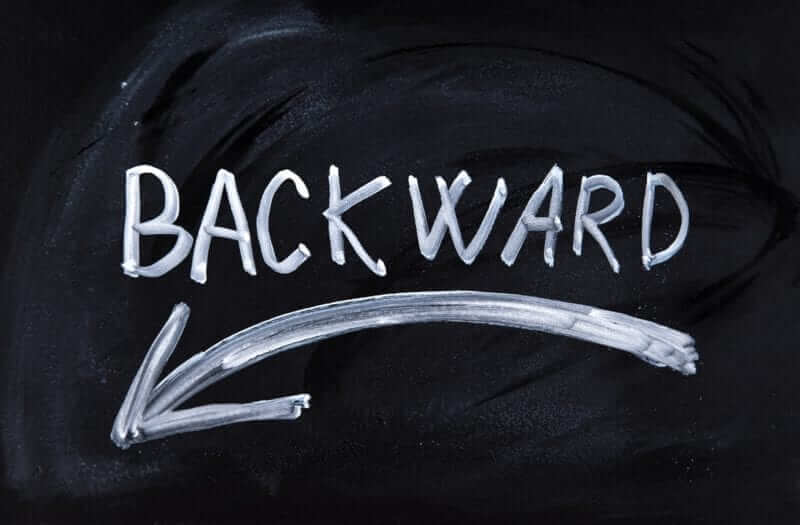Have you ever put a puzzle together?
Before you even begin, you have to look at the picture on the box. The picture is the goal, the final destination, the central theme tying together every piece. Imagine what the puzzle would look like if you didn’t start with that picture. Imagine how hard it would be to put the pieces together, without knowing what the pieces are leading to and what their purpose is.
Picture your next unit like a giant puzzle, with many pieces that have to be carefully put together. When planning your unit, what do you start with, the picture (unit goal) or the puzzle pieces (lesson plans)? Many teachers build their unit puzzle piece by piece, lesson plan by lesson plan, letting each plan eventually create the big picture.
While concepts can be taught this way, this approach can present some side effects, such as misplaced concepts, missing skills or concepts, poor sequence, and inadequate budgeting of time. Lessons should not be viewed as individual entities, but integral parts of a larger, bigger picture. They link to the others as tightly as a properly placed puzzle piece. How they are put together, and when they are placed is how the big picture is created. So how do you create the big picture? You need to teach backwards.
Teaching Backwards is a method of planning that starts with the end goal in mind. Before teaching a unit, ask yourself where you are you going. What standards or benchmarks are you looking to achieve- and what skills do the kids need to get there? This is your starting point: write them down and go on planning from there. When it´s time to begin the unit, don’t keep these a secret from the kids- post them, talk about them, and ask about them often.
Choose both formative and summative assessments to KNOW when they acquire those skills and have attained the concepts and knowledge. Plan check-ins often to see if the students show understanding of the key concepts, and allow time for both you and the students to reflect, allowing for modifications when needed.
Try to choose some cumulative type assessments, where students have to actively apply what they learned in an activity other than a pen to paper test. If possible, try to vary your assessments types to match multiple learning styles.
When benchmarks and assessments are in place, move on to plan the learning activities. Consider your students, their background, and experiences, and what classroom experiences you need to provide for them. Consider common student mistakes and errors, and plan how you are going to get your students around them. Research the misconceptions that students bring with them to the subject, and teach to address them.
Finally, establish the lesson plans, sequencing carefully, as some pieces need to be in place before moving on to others, and budgeting your time according to time allotted for the unit. This is the art of teaching backwards, starting with the big picture and breaking it down to the unique, carefully placed lesson pieces required for a student to put the puzzle back together.
-Jessica Cicalese-Kurtz
Jessica Cicalese Kurtz is a middle school Science teacher and curriculum writer at Toms River Schools. She has a bachelor’s degree in Biology, a masters degree in k-12 Education and Technology, and most recently participated in the teacher leaders PISA2 engineering program at Stevens Institute. Her science and education background ranges from veterinary care, wildlife and naturalist education outreach, safari exotic animal care, and aviation instruction. She is married with 4 beuatiful children between the ages of 4 and 12. She enjoys spending time with her family, traveling, outside exploring and adventures, taking care of animals, and writing.





